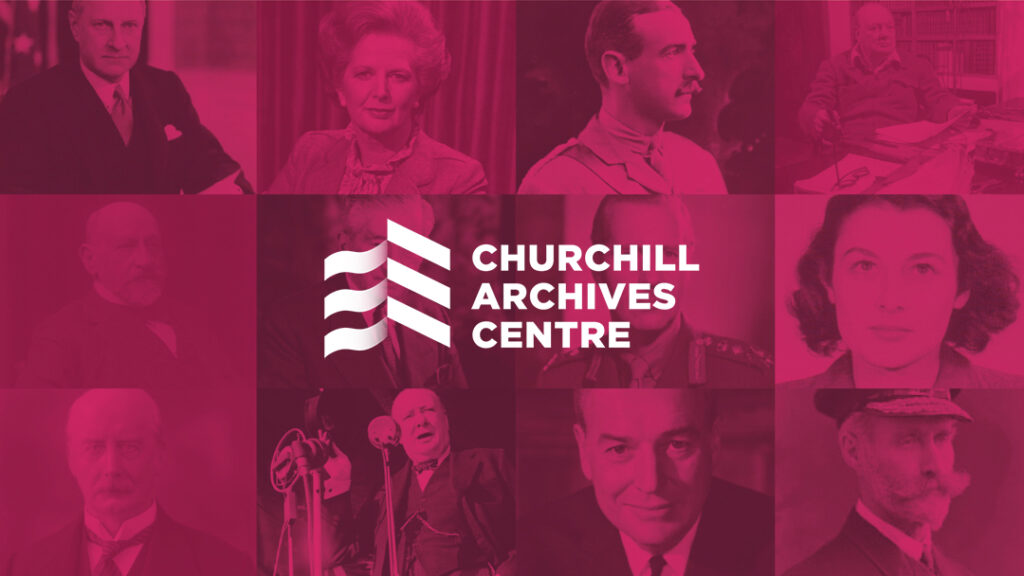Exercise: Appeasement and public opinion
Part B: Introduction
How can historians work out what people in Britain thought of appeasement?
It is easy for historians or students to write sweeping and usually inaccurate assertions that “people” thought this or that on a particular topic in the past. It is particularly important to gauge it in the case of a democratic government like Britain in the 1930s, because democratic politicians with an eye to the next election always have to consider how their actions will play to the public. Baldwin and Chamberlain had to keep a close eye on how their policies were going down with the electorate if they were to avoid the fate of US President Wilson, whose scheme for a League of Nations had collapsed when it was rejected by American voters.
But how can an historian gauge public opinion from the past with any degree of accuracy?
The answer lies in going back to the sources.
- Letters to newspapers are a well known way of measuring public opinion, though they cannot be taken as fully representative. Not everyone writes to a newspaper and even fewer actually have their letters selected for publication.
- Governments or other organisations sometimes organise surveys or studies specifically to discover public opinion.
- Sometimes a particular event, such as an election, reveals public opinion.
This part of the unit will consider briefly three different gauges for historians looking into public opinion on foreign policy in the 1930s:
It will then look in detail at one event from 1938:
This was the first parliamentary by-election to be held after the Munich Agreement and it was widely regarded as a referendum on Chamberlain’s policy of appeasement.



